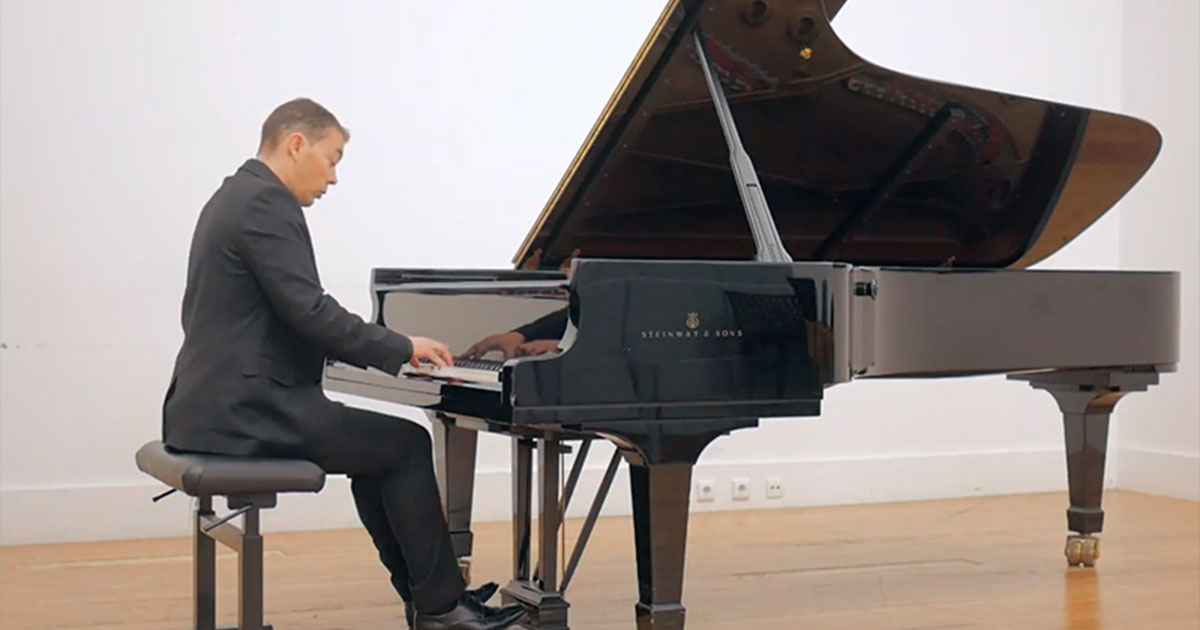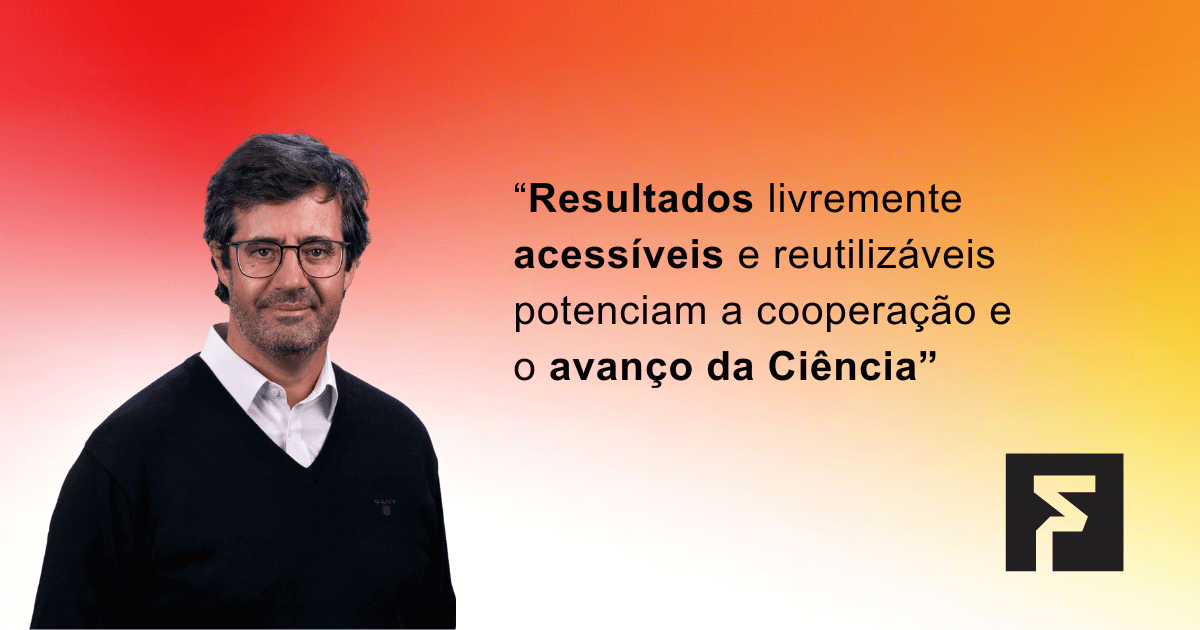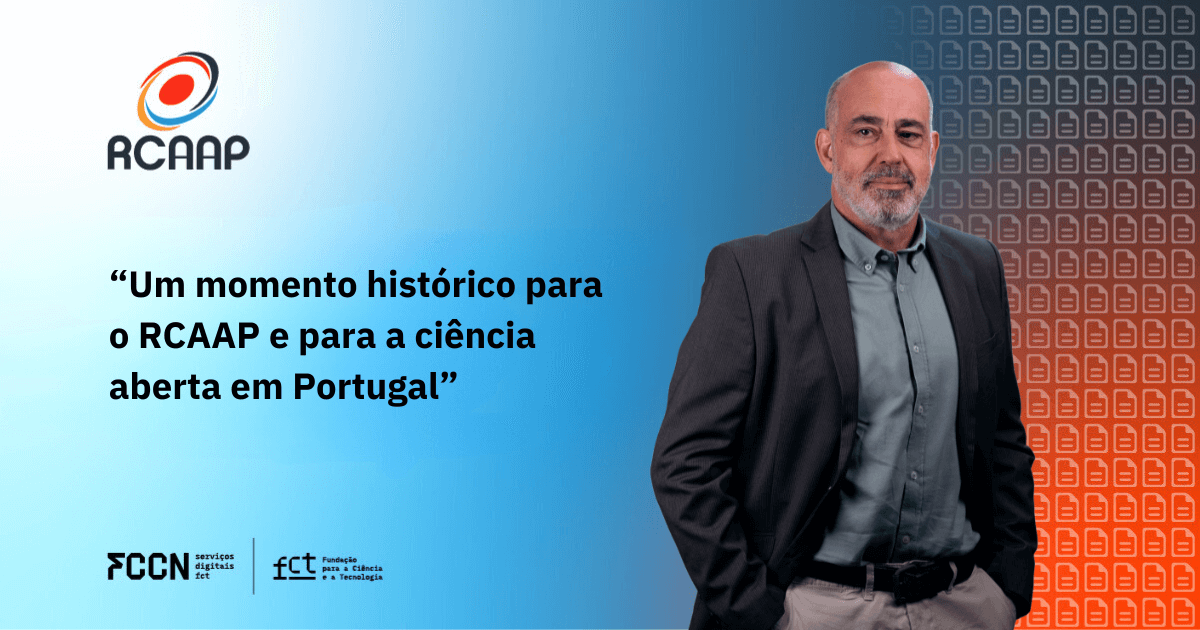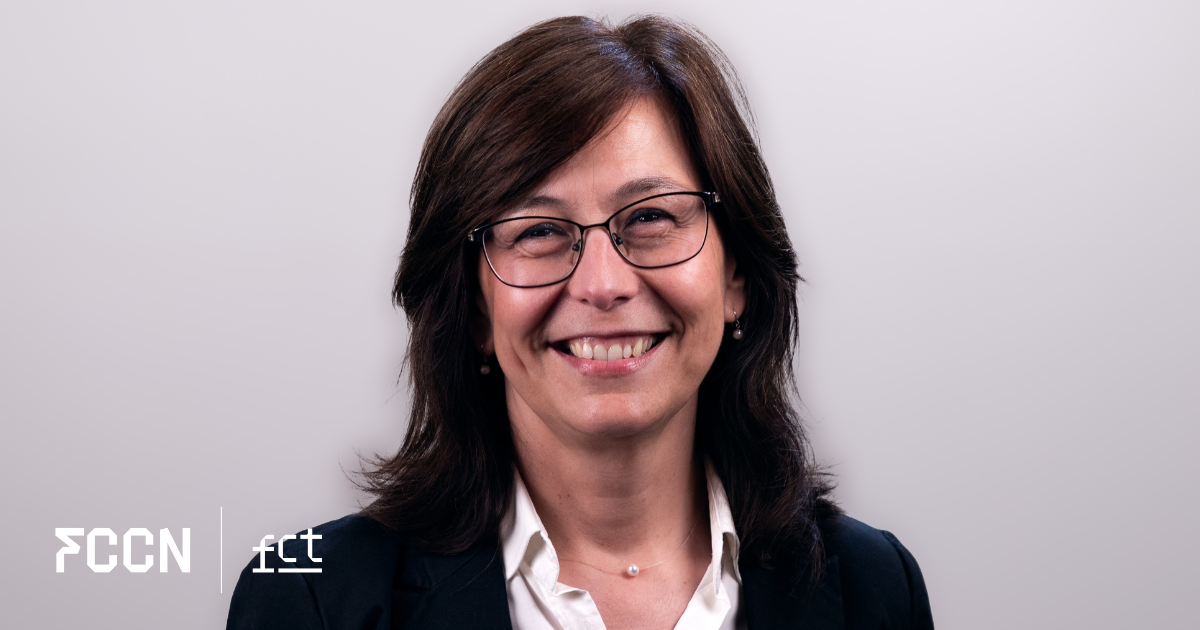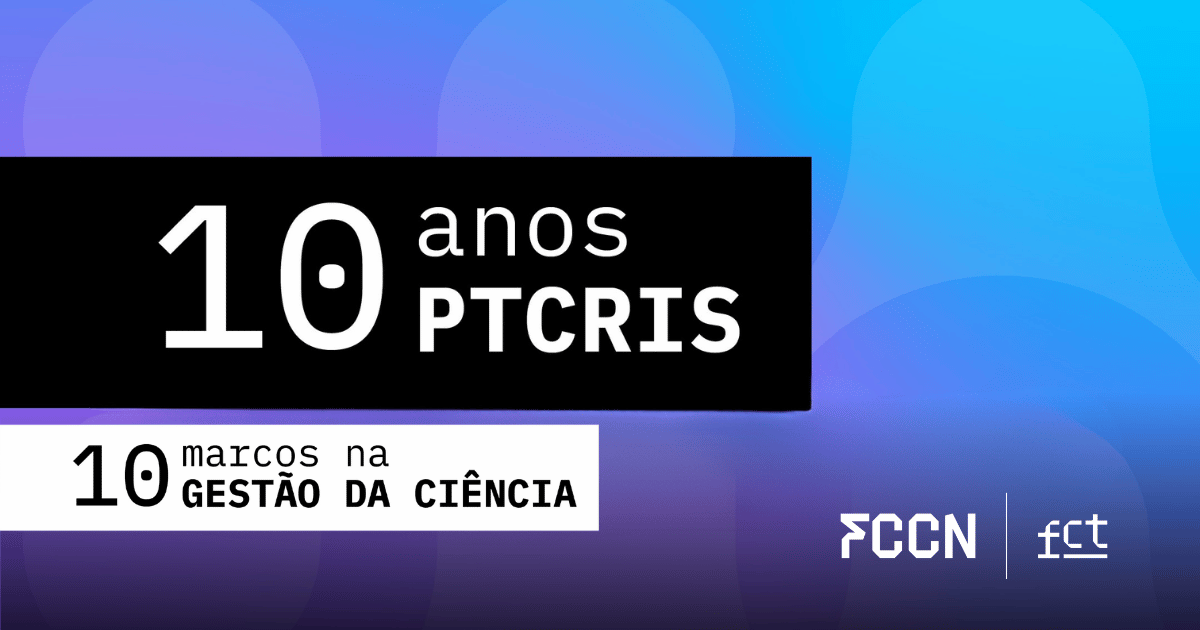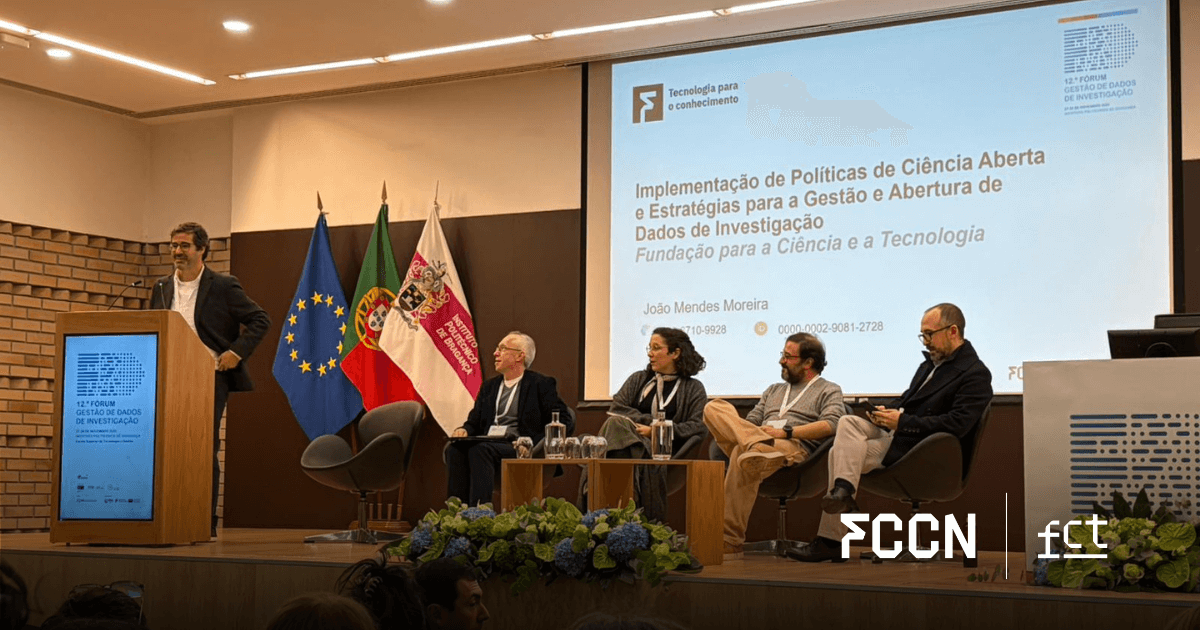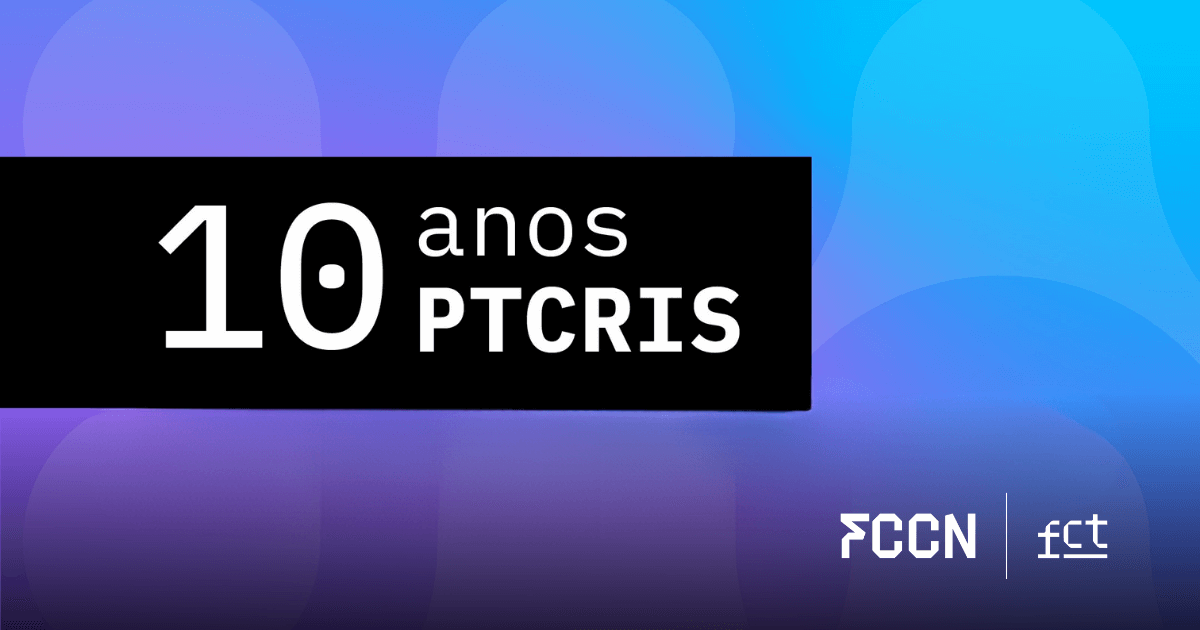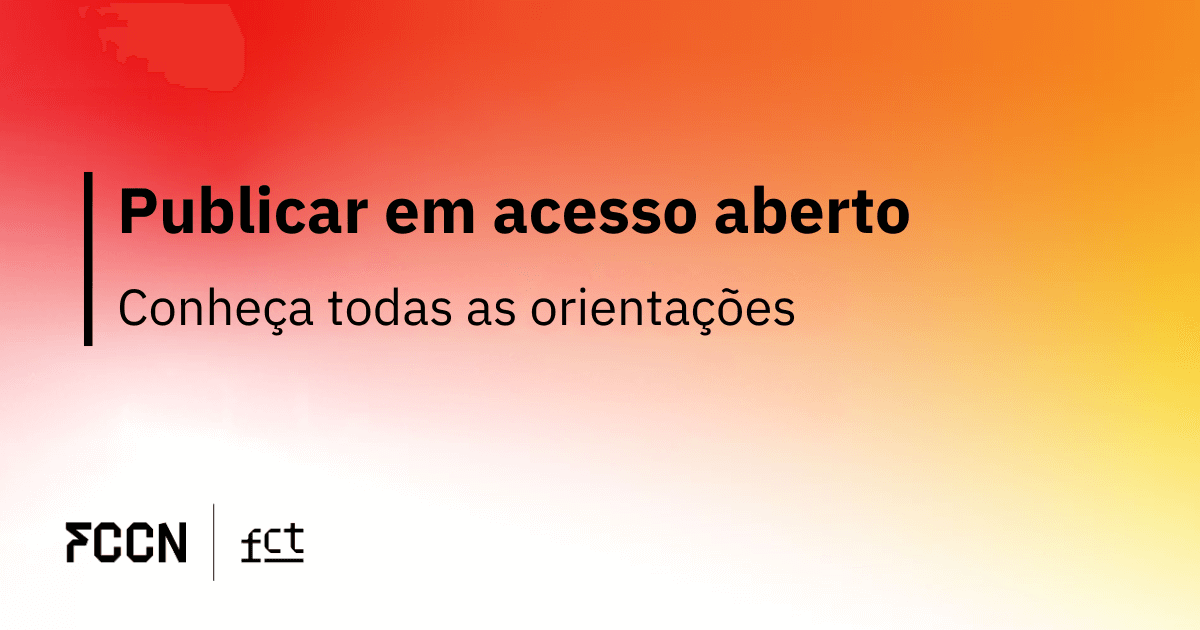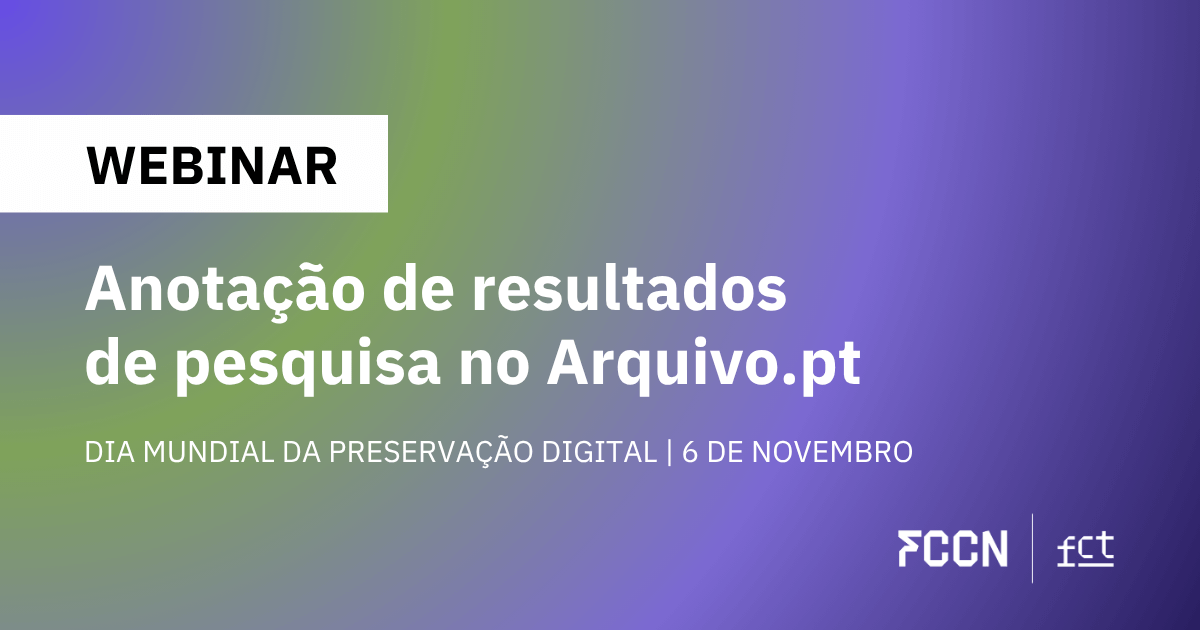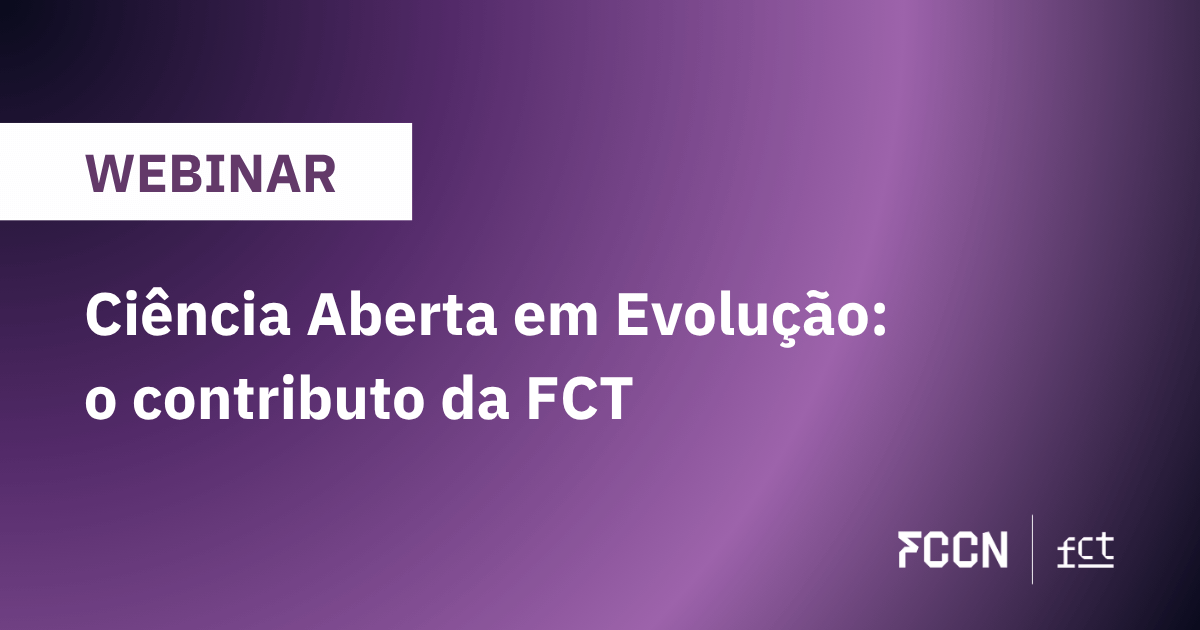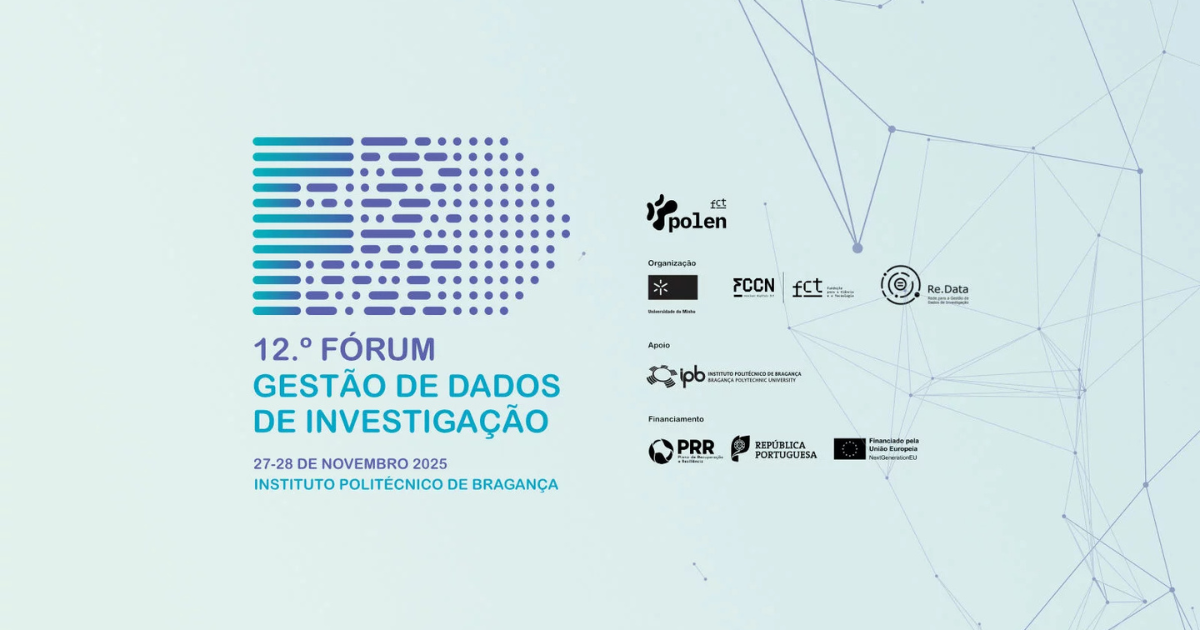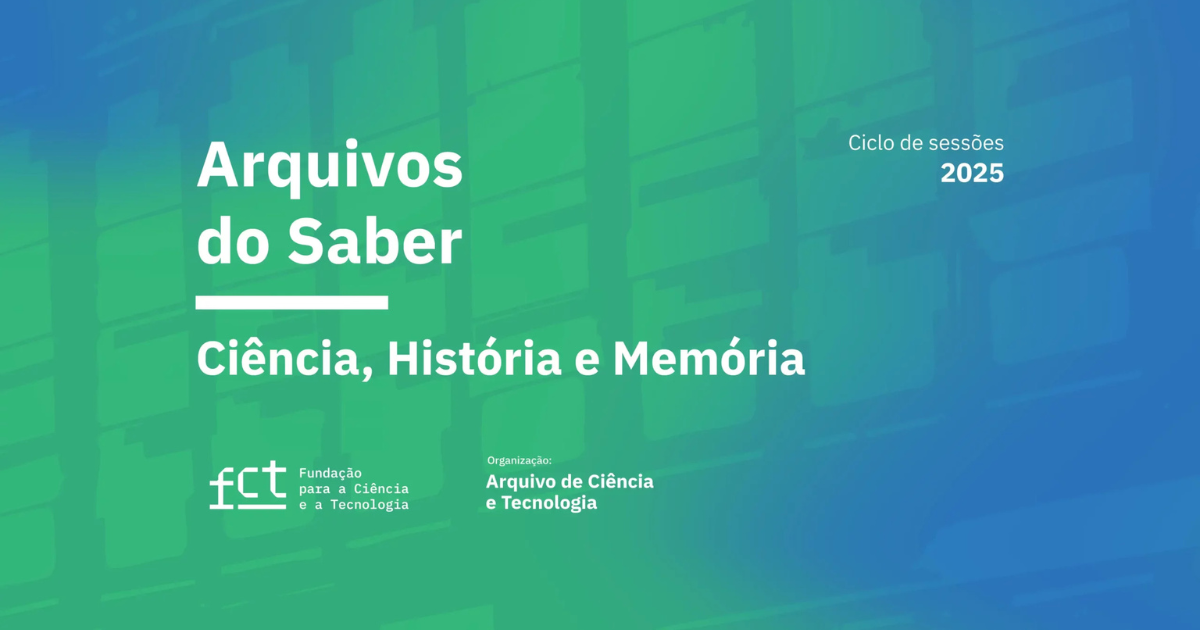Through two projects, the Lisbon Polytechnic School of Music (ESML) showcases its students' compositions and performances. One of the faculty members in charge, Carlos Caires, explains the scope of these two initiatives, detailing the role of Educast, a service provided by the FCCN unit of the Foundation for Science and Technology.
“In this case, unity is strength”, ESML professor Carlos Caires emphasizes at one point. The phrase emerges as a way to explain the added value of the two projects the school has built for sharing its students' work online – the platforms Portfolios and Performance and Context. “Students' work benefits from the context in which it is inserted, more than when it is spread across various social networks”, he explains.
As the name suggests, the Portfolio project works as a online repository of original compositions recently made by students bachelor's and master's degrees in Composition. Each work includes a video (or audio), available through Educast, along with biographical notes about the composers, as well as other contextual information. Carlos Caires also highlights the fact that the score “opens over the audio or video”, allowing “a more in-depth look at the work”.
Caption: Javier Plaza Peréz analyzes the “structural coherence and poetic approach” of Kinderszenen (opus 15), by Robert Schumann
The platform is seen as an internal tool and a way to increase the visibility of students' work, with thousands of monthly visits. But the Portfolio project also fulfills another value-added mission, highlights Carlos Caires, by being exclusively dedicated to and focused on composition. In this way, it offers playlists organized with a single criterion: the work carried out by the students.
"There are other ways for students to publicize their work; many of them have a strong presence on social media," recalls Carlos Caires, who notes: “But it is important to have a platform like this, which will attract a more specialized audience, such as programmers, other students or even performers looking for works to perform.”
Interpreting the Performance
“Performance and Context” – the other ESML project that uses Educast – is based on the same ideas, with one change: the focus shifts from the composition to the performer, being a space for interpreting their practice. “The starting point is performance,” explains Carlos Caires, highlighting that “for this reason, video and audio recording takes on a different dimension and relevance”.
Through the content shared on this platform, it's possible to see the performer as more than just a performer. Here, the teacher explains, performer it is understood “as someone who reflects on their practice and shares it”.
For this reason, there is a stronger connection to research, with links to underlying dissertations and theses included. "This is a benchmark format for presenting this type of content, combining audiovisual and textual media," emphasizes Carlos Caires, revealing that the platform is considered “a very good and innovative solution, even when presented in an international context.”
The role of Educast
When executing the project, several video and audio streaming options were considered, explains Carlos Caires: "We wanted a solution with storage space that wouldn't disperse content to other locations." Commercial options offered involved high prices, always seeking the best performance. “Until one of the people in charge of the IT department told me about Educast”, recalls the teacher.
Educast was quickly implemented as a solution. “It’s been incredible,” says Carlos Caires, as “The platform is well designed, we can edit the video and it is prepared for all mobile and desktop formats”Above all, he emphasizes, the Educast team has guaranteed "extraordinary support and assistance." The journey doesn't end there, the teacher emphasizes, as there is still room for growth: “there are possibilities [of Educast] that we are not yet exploring.”
